Guitar Support Comparison
Guitar supports are a great alternative to the traditional foot stool. Used correctly, they can help to alleviate tension on your back and shoulders when playing guitar. In extreme cases, a guitar support may also help you to avoid long term injury to your back.
Also known as guitar rests or lap rests, these products come in many shapes and sizes. In this article I take a look at some of the most popular models on the market and offer some insight into their strengths and weaknesses.
If you don’t want to read about the various guitar supports and their pros and cons, you can watch the video instead to get a glimpse of each support in action.
Guitar Supports in this Comparison
Gitano

The Gitano Guitar Support is a simple little device that sticks on the side of your guitar courtesy of 3 small suction cups. This support is very discreet and can even stay on the guitar when you put it in the case (if you don’t want to take it off). It is also the most affordable option of the guitar supports covered in this comparison, making it ideal for those who are most budget conscious.
Ergoplay

Ergoplay offer two models of guitar support: the Johannes Tappert model and the Michael Tröster model. Our review will be looking at the Ergoplay Johannes Tappert guitar support , which has a more elaborate design than the Gitano with lots of adjustability, allowing you to find the optimum angle. Like the Gitano, it sticks to the side of your guitar with the use of suction cups.
Guitarlift

The Guitarlift Guitar Support breaks the typical mould when it comes to suction cup devices. Instead of sticking to the side of the guitar, this one sticks to the back of the guitar. The main part of the guitar support is drilled in numerous places, giving you plenty of adjustability. The Guitarlift comes in different sizes and also two colours (black or transparent).
Sagework

Sagework offer two models (Atlas and Umbra), in both short and regular sizes. Top of the range is the Sagework Atlas model, which has a rosewood effect finish. Alternatively you can get an Umbra model which is functionally the same product, but with a black finish. The Sagework is the quickest to attach and detach from your guitar, making it the most simple to use.
Let’s Compare!
If you don’t fancy reading the following comparison of the guitar supports mentioned in this article, you can watch the video at the top of the page as an alternative. I give a quick demo of how each guitar support works and talk about the pros and cons of each. If you prefer, please read on for a detailed analysis of each guitar support.
Adjustability
One of the key factors you’ll want to consider when choosing a guitar support of any kind is its ability to place the guitar exactly where you want it. Central to this is the adjustability of the product.
The design of each guitar support covered in this comparison is different, meaning they all have different levels of adjustability. We have everything from supports with a single moving part, to those with several mechanisms for adjusting the height and angle of the guitar.
Whether or not you actually need much adjustability will depend on your body size and your preferred playing position. So although it’s good to have options, high levels of adjustability are not a necessity for everyone.
Adjustability Scores
Gitano
The Gitano is an incredibly simple guitar support. It has one moving part; the bit that folds out to rest on your leg. However what it gains in it’s simple and discreet design, it lacks in adjustability. With no way to adjust height, the Gitano scores lower on adjustability than some of the other models discussed in this article. That being said, I’ve always been able to find a suitable position in which to play while using it. Other players, however, may find that they need a tad more adjustability to get the most from their chosen guitar support. It’s not unusual to see guitarists using both a Gitano for angle and footstool for height. But that somewhat negates the point of buying a guitar support in the first place.
Ergoplay
The Ergoplay Johannes Tappert guitar support offers a lot more flexibility. The suction cups can be moved individually to accommodate different angles, helping you to place it firmly on the sides of the guitar without accidentally pulling them off. The ‘arm’ of the device can also be angled forwards/backwards as well as sliding up/down. I imagine most players will be able to find a comfortable position using the Ergoplay device. The only slight downside is that it’s hard to find a low playing position. The lowest setting is comfortable for me, but there may be some players who would prefer a lower playing position. It’s also worth noting that if you’re left handed, you’ll need the left handed version. The rear suction cup is set at an angle to facilitate tilting the guitar towards the player. Because of this, the right handed version of the Ergoplay is not suitable for left handed use.
Guitarlift
The Guitarlift, like the Ergoplay, has plenty of adjustability going up/down. The suction cups can be removed and placed in a variety of positions on the device to find the optimum angle and height. Unfortunately, the Guitarlift doesn’t offer the ability to tilt the guitar forwards/backwards to suit the players preference in the same way the Ergoplay does.
Sagework
The Sagework Atlas guitar support offers plenty of adjustable parts. The height can be changed both on the front and back of the device. It can also be tilted forwards/backwards offering a multitude of positional possibilities. It’s easily on par with the Ergoplay when it comes to adjustability, with the added bonus of being suitable for both and left and right handed players.
Stability
While guitar supports may offer players the option of raising the neck of the guitar without the crippling back problems associated with high footstools, this all counts for nothing if they are unstable or insecure.
When the guitar is in a stable position, you’re more likely to feel confident. A stable playing position means you won’t be concerned about grappling with the instrument to keep it in place, which may free you up to play more expressively.
If you’re moving from playing with a foot stool to playing with a guitar support, you’ll want to know which offers the most stability so you can play with confidence.
So which guitar support wins in the stability department?
Stability Scores
Gitano
The Gitano, being so small and light, feels pretty secure once attached. The three suction cups seem to offer plenty of stability and for me it doesn’t feel as though it will come off mid-performance (we’ve all had that nightmare, right?). It’s ‘weight to suction cup’ ratio is favourable, theoretically making it a strong performer in the stability category. However, I’ve noticed that these things do come off in some circumstances! This is not necessarily down to the product, but often the guitarist. Guitarists who apply lots of downward pressure can find the Gitano popping off. Because it only sticks on one side of the guitar and not both, the suction cups are always being pulled away from the guitar to some extent when in use. Apply too much pressure and the suction cups will give way and the Gitano will come unstuck. The suction cups on the Gitano are slightly shallower than the other guitar supports featured in this article. Part of me believes this may contributes to the Gitano’s slight lack of stability compared to other guitar supports. What you gain in discreetness, you perhaps lose in stability. That being said, as long as you don’t lean heavily on the guitar while using the Gitano, it will stay attached. I’ve had no problems personally when using this device, but please be aware that not everyone shares my experience.
Ergoplay
When set up correctly, the Ergoplay is a very secure guitar support. It’s suction cups are larger than the Gitano and slightly deeper, offering better suction. However, it’s not exactly perfect. While the Ergoplay can also be strong in the stability department when set up correctly, you might find yourself having to sacrifice some of it’s adjustability in order to find a secure position. The problem with the Ergoplay is that while it’s theoretically possible to angle the guitar backwards, this can put strain on one or two of the suction cups. If the strain is too great then the suction cups risk popping off the guitar. This could create a hair-raising moment if it happens in the middle of your gig. Set at the right angle though, the Ergoplay is perfectly stable. The question is, if you’re playing at a more moderate angle, is there any point in buying one of the most adjustable guitar supports on the market?
Guitarlift
The Guitarlift comes with 4 large suction cups which attach firmly to the back of your guitar. Because the cups are sufficiently large and they attach to a flat surface (i.e. the back of your guitar rather than the curved sides of your guitar), it feels as solid as a rock. Please note, this product only sticks properly to ‘gloss’ finishes. If you’re guitar has a matte/natural/oil finish, the Guitarlift is unlikely to perform very well. My personal experience is that the Guitarlift offers the most stability out of the suction cup guitar support options.
Sagework
Unlike the suction cup supports, the Sagework guitar support relies solely on magnets to stay attached to your guitar. This seems terrifying at first, because it’s easy to imagine these not being strong enough to stay put. Having tried the Sagework out extensively, I was delighted to find that this was not the case at all. In fact, the whole device felt incredibly solid. Perhaps a shade more so than the Ergoplay but just shy of the rock solid Guitarlift. The Sagework is subject to the same potential issue as the Ergoplay and Gitano in terms of angle. If you tilt the guitar backwards or forwards too far and apply downwards pressure, it’s possible for the magnets to lose their attraction and the device can come away from the guitar. In all fairness, I’ve not personally found this to be an issue with either the Sagework, Ergoplay or Gitano when I play. I tend to stay fairly still when playing and don’t make too many wild movements from my base posture. If you like to dance around when you play, you’re likely to encounter issues with pretty much all of these supports. Just a thought, and worth bearing in mind before making your choice.
Aesthetics
Beauty is, of course, in the eye of the beholder. When you think of the word ‘beauty’, a guitar support probably doesn’t spring immediately to mind. Nevertheless, each guitar support reviewed in this article either possesses or lacks a certain visual appeal.
If you perform live and want to look as good as you sound, the appearance of your chosen guitar support will probably be of some importance. If you don’t play live, the appearance might not be so important. That being said, you may still take pleasure in the look and feel of your guitar accessories, so aesthetics are still worth consideration.
Let the beauty contest begin!
Aesthetic Scores
Gitano
As I’ve already mentioned, the Gitano guitar support is very discreet. As far as guitar supports go, that may well be what you’re looking for. It’s lack of mass makes it more difficult to spot in use. If discreet is what you’re after, it’s hard to beat the Gitano.
Ergoplay
The parts that form the Ergoplay are all very thin (but strong). It does a pretty decent job of blending into the background and doesn’t make itself too apparent to the audience. Truth be told, it’s not my personal favourite in terms of aesthetic, but it’s not exactly offensive to the eyes.
Guitarlift
Depending on which colour Guitarlift you get, it’s either an eye sore or invisible (perhaps more so than the Gitano). The Guitarlift guitar support comes in black or transparent finish. If you go for the black option, the audience will be very aware of the large black triangle shape supporting your guitar. I’m not a big fan of that look, as you can probably tell. The transparent version on the other hand is wonderful. It’s as though your guitar is floating in just the right position. If you wear black clothing, the foam pad on the bottom of the support will be imperceptible too. If discreet is your thing, it doesn’t get any better than the transparent Guitarlift.
Sagework
The Sagework is similar in design to the Ergoplay. Magnets aside, there is another key difference here. The materials used for both versions of the Sagework guitar supports (the Umbra and Atlas) have a real high end, luxurious feel. I never thought I’d be so taken with the looks of a guitar support! The rosewood effect on the Atlas is simply stunning. Instead of trying to make itself invisible, the Atlas makes itself a beautiful extension of your guitar. Even the finish on the Umbra (black version) has a pleasing ‘je ne se quoi’ about it. It just looks and feels ‘high end’.
Price
Finally, the cost. Guitar supports vary quite wildly in their pricing. This may sway you one way or the other if you feel ‘on the fence’ and can’t choose between two or more of the guitar supports covered in this review.
In ascending order, we have:
Conclusion
As with most things in life where you have options on the table, the right guitar support for you will depend entirely on your specific requirements.
If you need a highly adjustable support, the Ergoplay and Sagework should feature on your shortlist. The Guitarlift would also be a viable option if you don’t need forward/backward tilt, but the Gitano may not offer enough by way of adjustability.
If you need something solid and stable, most of these fit the bill. But particular mention must go to the Guitarlift and Sagework, followed closely by the others.
If you want something discreet, the Gitano or transparent Guitarlift would both be perfect choices.
On the other hand if you want a good looking guitar support that is highly adjustable and stable to boot, either the Sagework Atlas or Sagework Umbra are the stand out options.
I hope you’ve found this review to be helpful. If you have any comments or would like me to review some more options in the future, please leave a comment below.






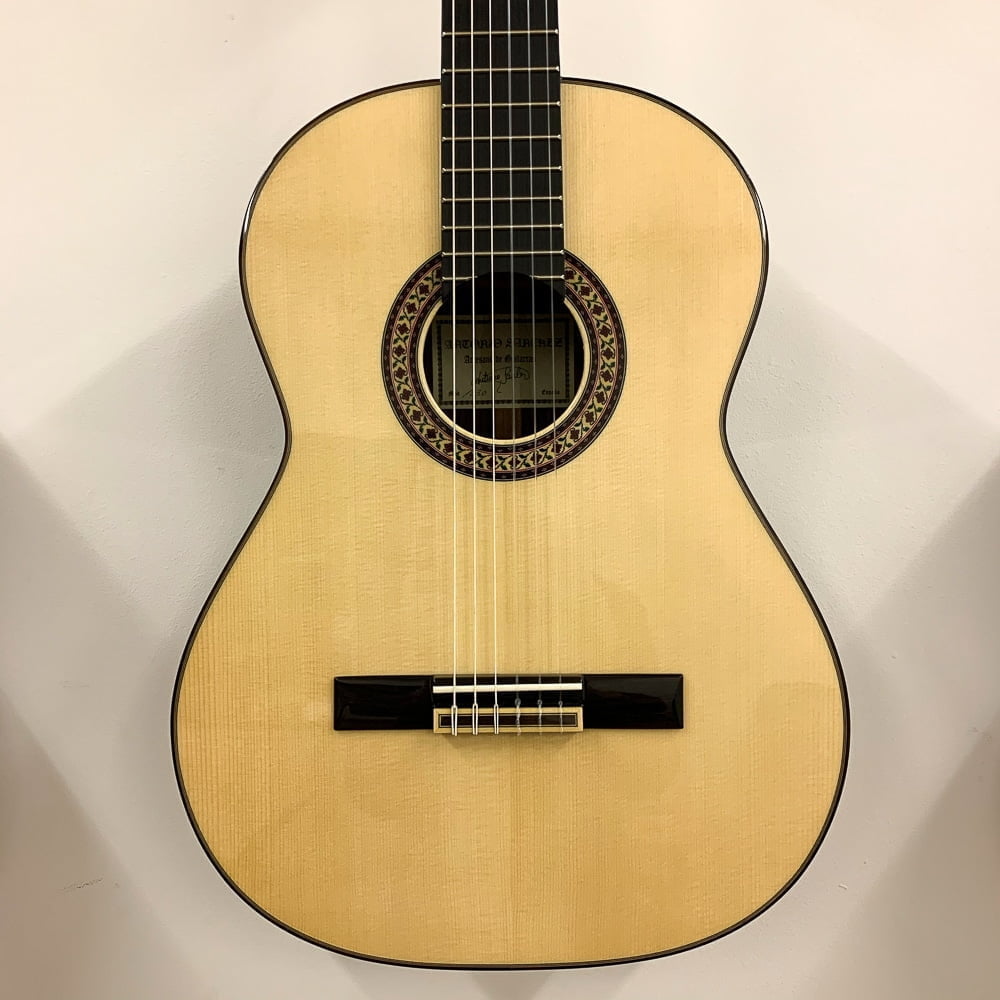



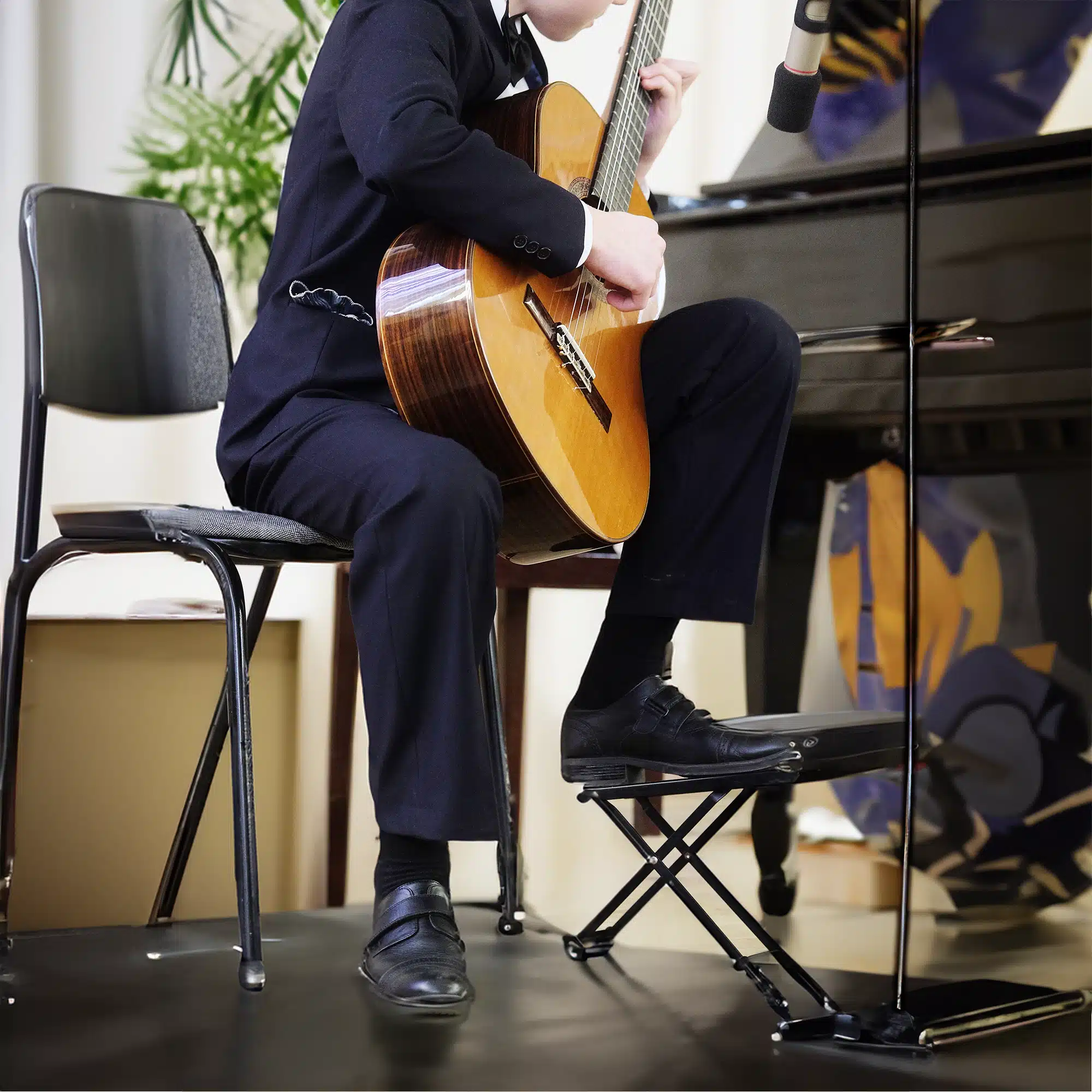
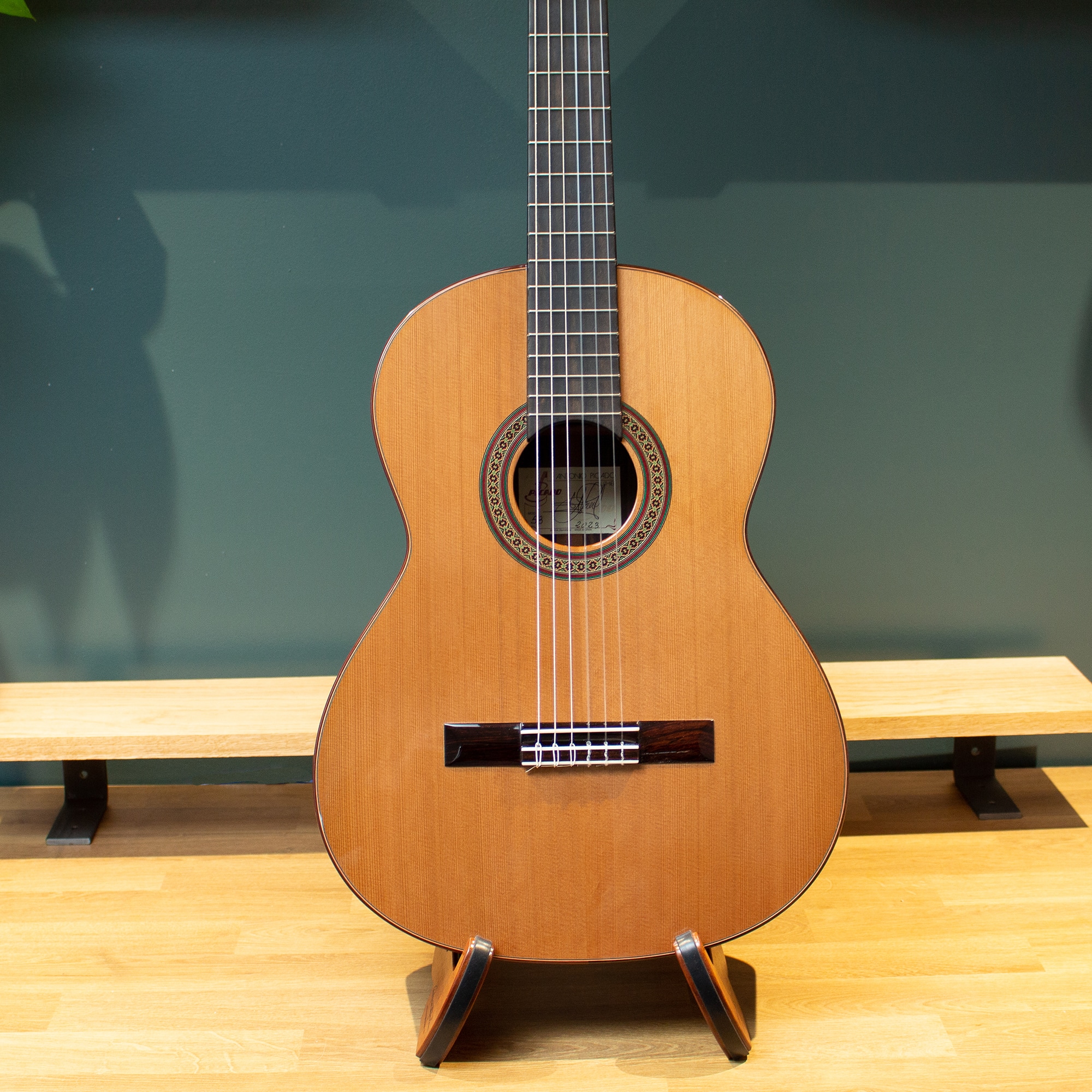
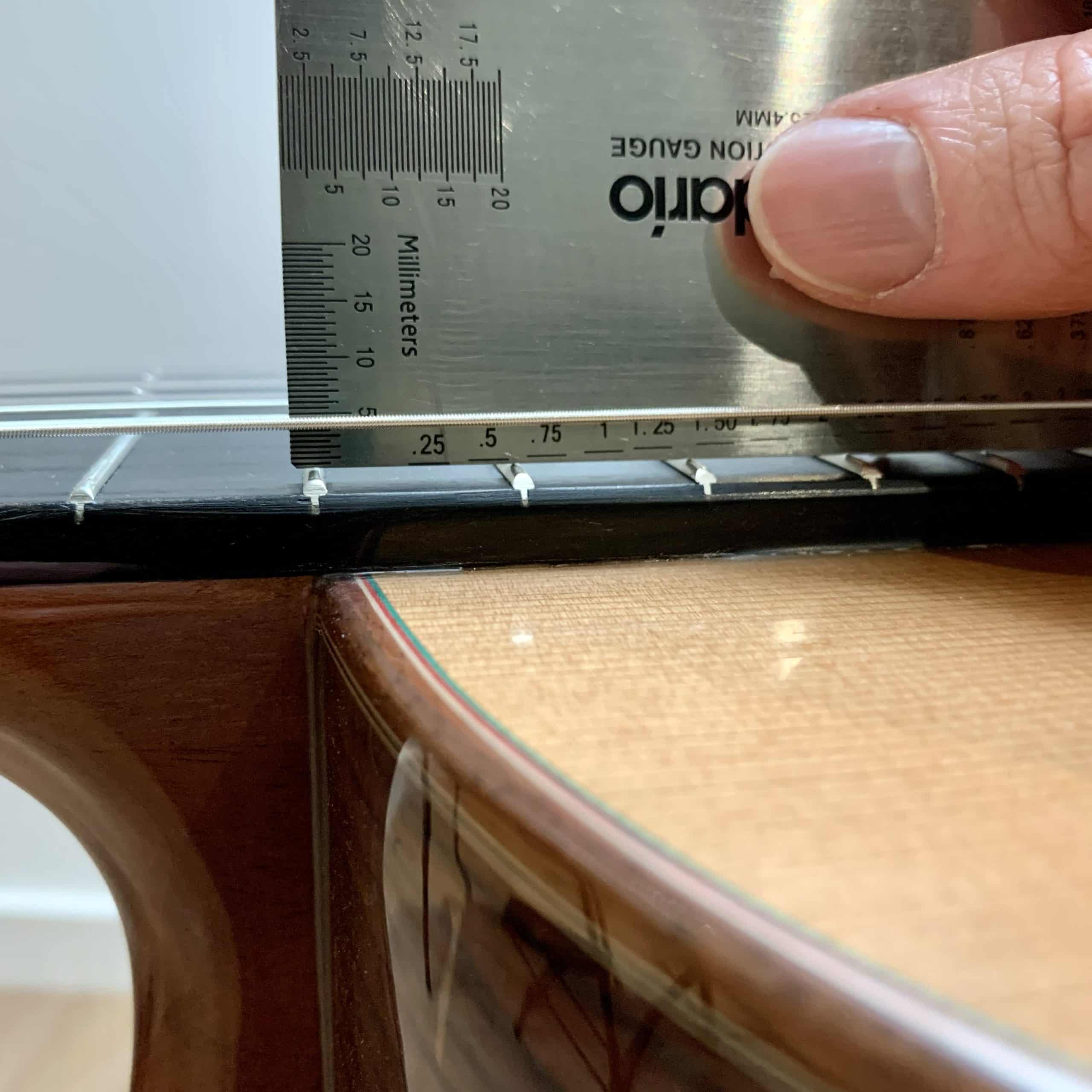
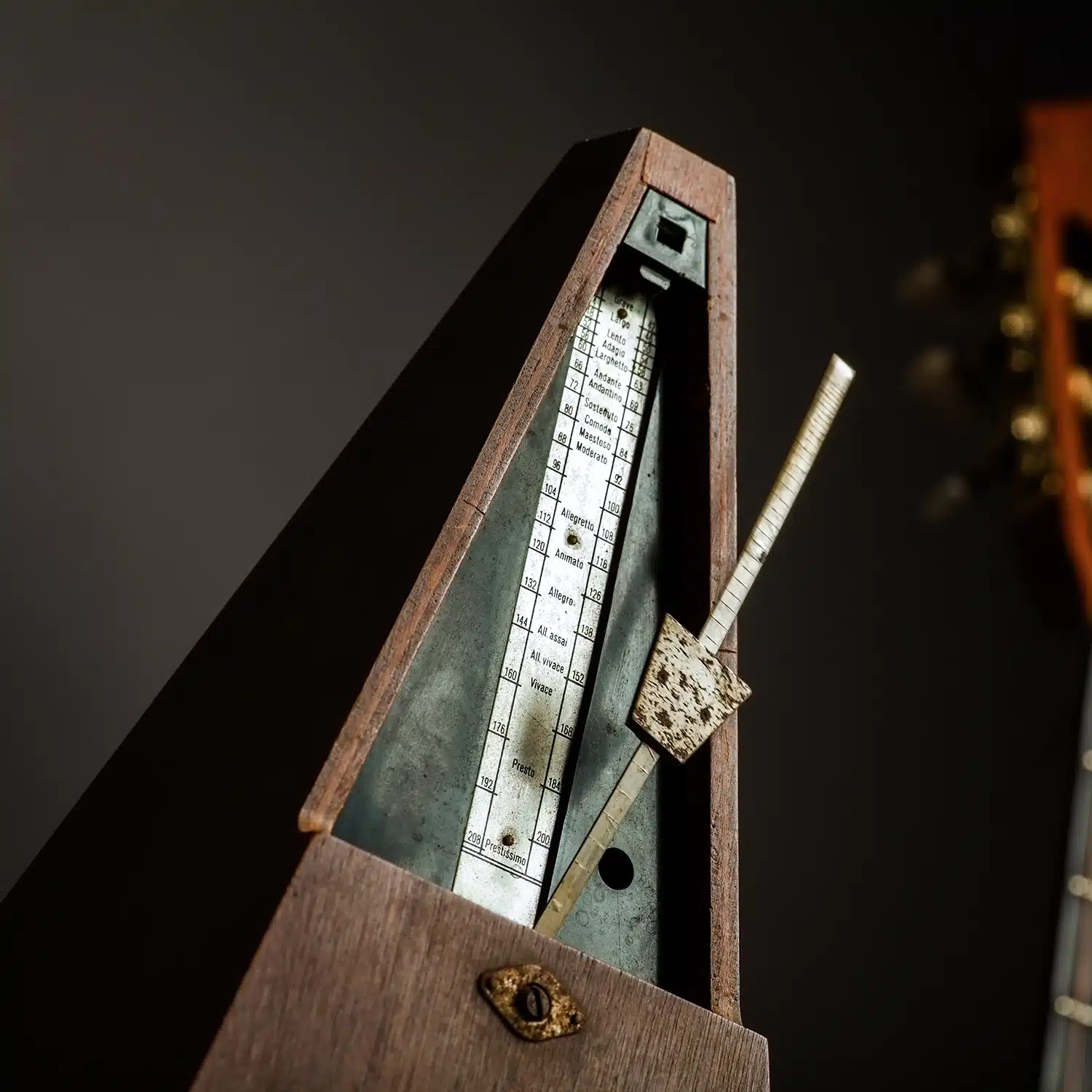







Ed. Great video on comparing guitar supports.Obviously at the moment with the current covid-19 situation, you are not fulfilling web sales. However, when you are allowed too, how long will it be before you get the Sagework Atlas back in stock and out for delivery please? Secondly. If I paid for a one-off hour long lesson, would you be willing to use the lesson time to fit the magnets into my guitar for me? I understand if it only takes you twenty minutes I still pay for the entire hour long lesson. It’s just I’d feel happier you fitting the magnets – as you’ve obviously experience of doing it before. I assume the time would also have to include restringing? Cheers. Steve
Hi Steve,
Great to hear from you, I hope you’re keeping well during this time.
I sold out of the Sagework Atlas model shortly before the UK went into lockdown, so unfortunately as of yet I’m not able to order new ones in. As soon as I’m allowed to return to the studio, I’ll get these back in stock. It usually takes a few days for these to arrive from the US.
I’d be very happy to install the magnets for you. Rather than simply install them, I can help set up your posture using the Sagework Atlas and fix the magnets in the correct position for you. This ensures you will get the best out of the product. I’ve done this with other customers and this usually takes anywhere from 30-60 mins. I’d only charge for the time it takes to do this for you.
I can usually do this without restringing, however it is a little easier to take all of the strings off and restring after installation.
I’ll get in touch with you via email as soon as the lockdown is lifted and I’m able to get back to the studio. If you have any questions in the meantime please feel free to ask.
All the best,
Ed